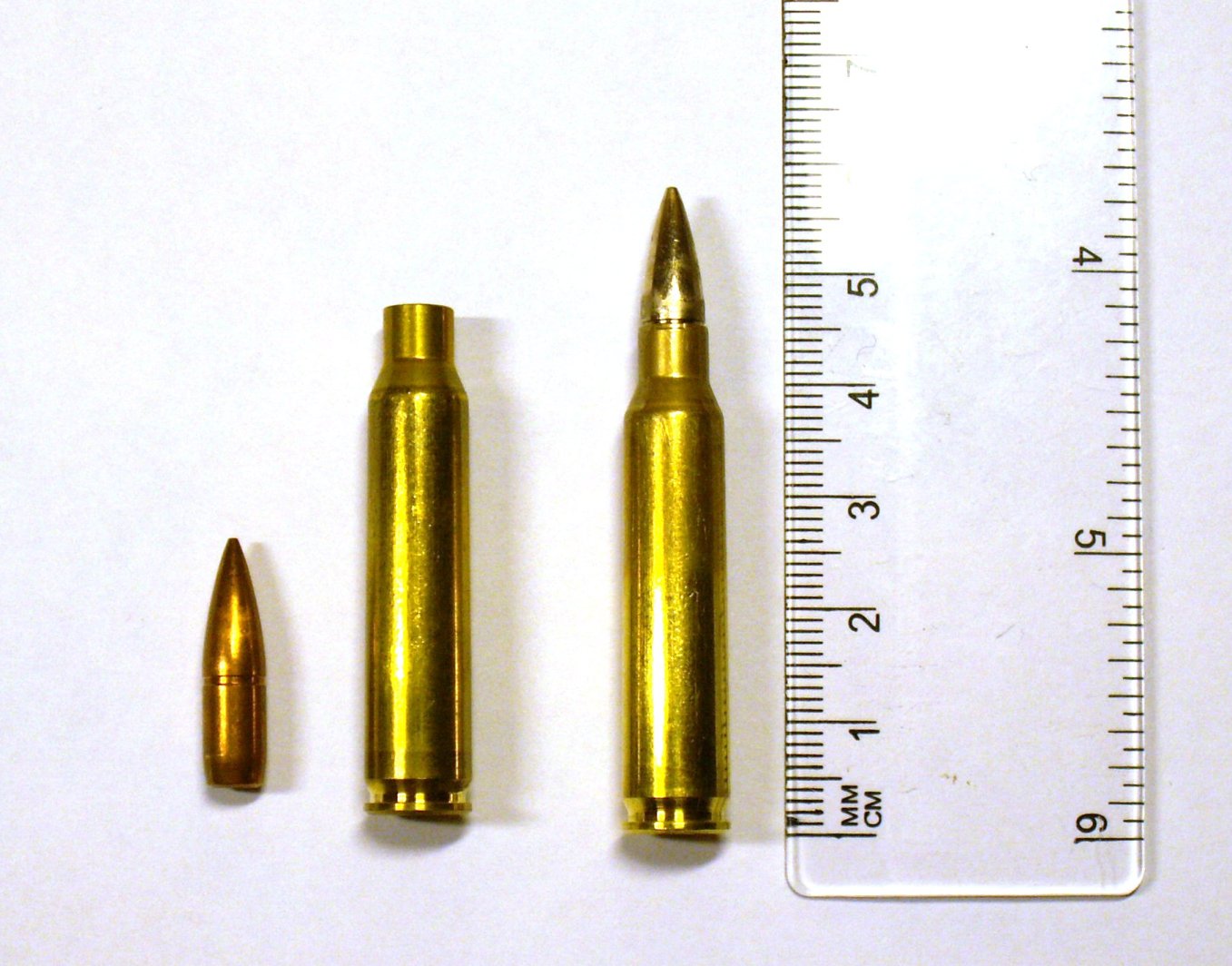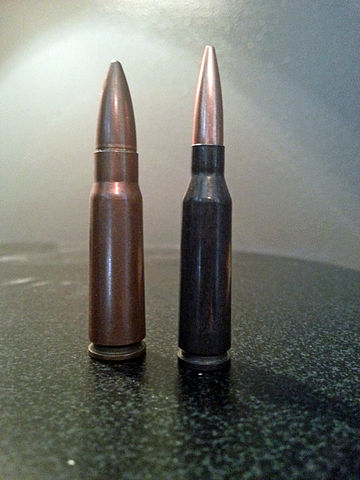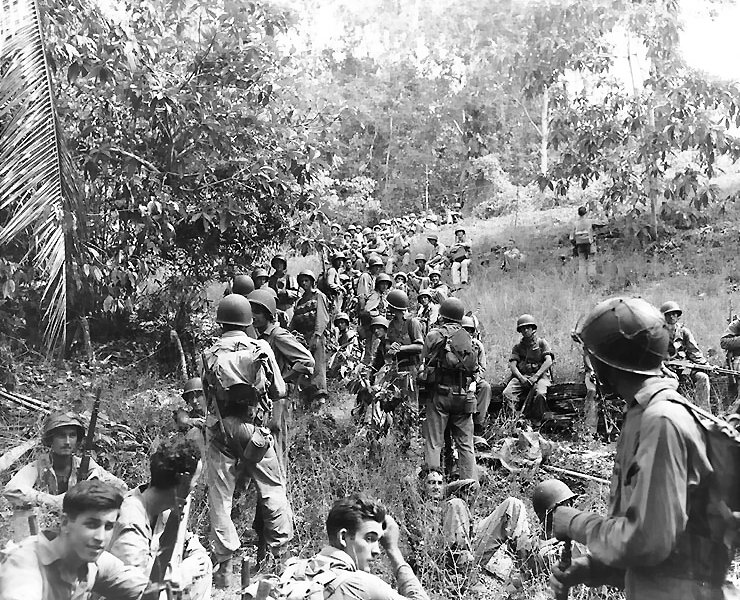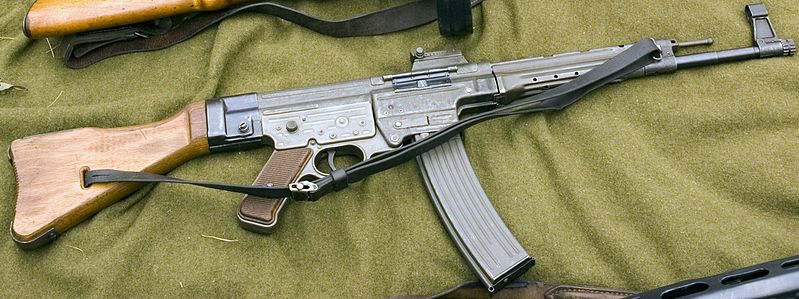
Photo Courtesy of Clément Dominik
The online gun community definitely has its fair share of trends. And right now, one of them is the notorious 5.45×39 cartridge. This round, sort of the Russian take of the 5.56×45, is totally in vogue right now. But what exactly are the differences between 5.56 and 5.45? Is 5.45 better than 5.56? The answer is a little more complicated than just “yes or no.” We’re going to break things down a little in this post.
The 5.56 Cartridge
If you’re even remotely familiar with firearms, chances are you’re familiar with the 5.56. It’s been the standard American intermediate rifle round since the US Military adopted it in 1977 (although they started using it in 1963). Since then, it’s also become one of the most popular rifle rounds in civilian use, as well. The vast majority of AR-15s in the US are chambered in this reliable cartridge.
5.56 Ballistics
|
Bullet Type |
Muzzle Energy |
Muzzle Velocity |
|
.223 Remington FMJ (62 grains) |
1255 ft/lb |
3020 ft/sec |
The 5.45 Cartridge
In contrast to the American 5.56, the 5.45 is a Soviet round. The Russians developed the round for the AK-74 platform after worries arose about a “bullet gap” between NATO and the Warsaw Pact. It hasn’t seen the widespread use that its cousin, the earlier 7.62×39 has. Outside of being used by professional militaries, it’s become a niche round in the American market. It’s somewhat of a “hip” cartridge these days, thanks to AK-74 clones made by American companies like Palmetto State Armory and Kalashnikov USA.

The two Russian calibers: 7.62×39 on the left, 5.45×39 on the right. Photo Courtesy of Votesmall.
5.45 Ballistics
|
Bullet Type |
Muzzle Energy |
Muzzle Velocity |
|
Tula 5.45 FMJ |
1154 ft/lb |
2936 ft/sec |
5.56 vs 5.45: What’s the Difference and Which is Better?
Ok, so we’ve taken a look at the ballistic differences between 5.56 and 5.45. They’re pretty similar, with 5.56 just barely edging out 5.45 in muzzle energy and velocity. One practical factor that 5.56 has in its corner is availability. It’s going to be way easier to find 5.56 in the US, long after 5.45 only exists in some prepper’s doomsday bunker.
However, the 5.56’s advantages come with a price. The 5.45 round, when fired out of an AK-74-style rifle with a muzzle break, has significantly less perceived recoil than a 5.56 does. That allows for increased accuracy and makes follow-up shots way easier.
Did you enjoy this article comparing 5.56 vs 5.45 cartridges? Check out our article on the 9mm vs the .45 ACP.



